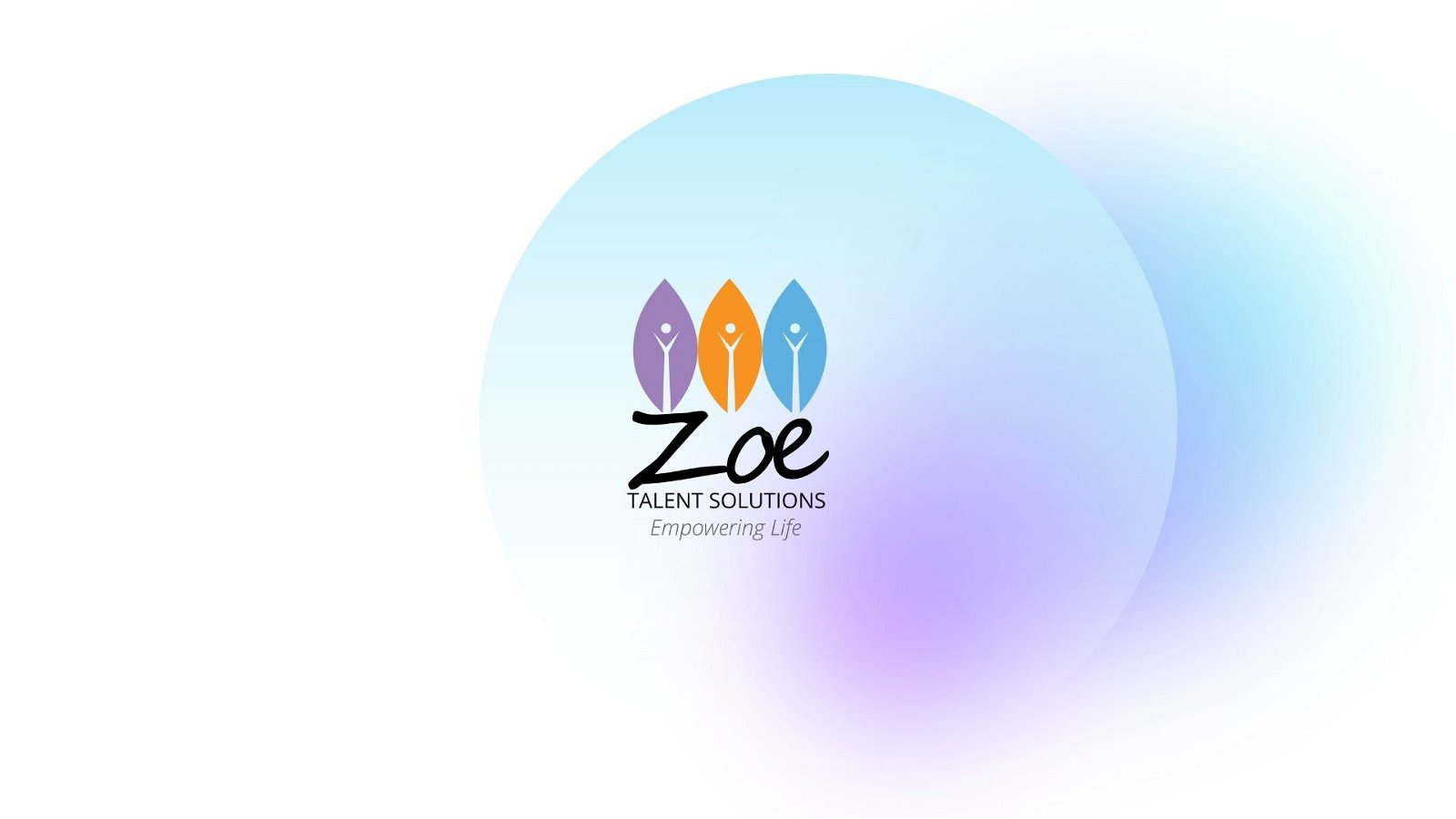Diversity initiatives within organizations have become increasingly important in today’s globalized world. Employee Resource Groups (ERGs) have emerged as powerful drivers of diversity, equity, and inclusion. In this article, we explore the critical role ERGs play in advancing diversity initiatives, promoting workplace inclusivity, and fostering a sense of belonging.
Key Takeaways
- Employee Resource Groups (ERGs) are pivotal in advancing diversity and inclusion within organizations, fostering belonging and advocating for positive change.
- ERGs come in various types, including identity-based, interest-based, and cross-functional groups, each serving unique purposes.
- ERGs amplify underrepresented voices, provide diversity training, support recruitment and retention, and help measure progress.
- Effective ERGs require strong leadership, clear objectives, collaboration, and measurable outcomes.
- Organizations must address issues like burnout, exclusivity, and a lack of recognition within ERGs.
- ERGs extend their impact to community engagement, partnerships, and global considerations, making them influential on a broader scale.
- ERGs evolve by considering intersectionality, advocating for policy changes, measuring their impact, and influencing leadership.
- ERGs play roles in supplier diversity, partner with external organizations, and focus on mental health.
- ERGs address digital inclusion, maintain employee engagement, and remain adaptable to evolving societal norms.
- As organizations value diversity, ERGs continue to shape workplaces that embrace diversity, equity, and inclusion.
These key takeaways provide a concise summary of the article, emphasizing the essential role of ERGs in advancing diversity and inclusion, both within and beyond the workplace.
Understanding Employee Resource Groups (ERGs)
What Are Employee Resource Groups (ERGs)?
ERGs, also known as Affinity Groups, are voluntary, employee-led organizations within a company that bring together individuals who share common characteristics, backgrounds, or interests. These characteristics can include gender, race, ethnicity, age, sexual orientation, and more.
The Origin and Evolution of ERGs
ERGs have their roots in the civil rights and feminist movements and have evolved to become integral to the diversity and inclusion landscape of modern organizations.
The Key Roles of ERGs
Promoting Inclusivity
ERGs create a sense of belonging and a safe space for employees who share common experiences. They help promote a more inclusive workplace culture.
Fostering Professional Development
ERGs offer opportunities for skill development, mentorship, and career advancement. They help members grow professionally and personally.
Advocating for Change
ERGs are instrumental in advocating for policies, practices, and procedures that support diversity and inclusion. They act as a collective voice for employees’ concerns.
Celebrating Diversity
ERGs organize events and activities that celebrate the diverse cultures, backgrounds, and traditions of their members. This promotes cross-cultural understanding.
Types of ERGs
Identity-Based ERGs
These groups are formed around shared characteristics such as gender, race, sexual orientation, or age. Examples include Women’s ERGs, LGBTQ+ ERGs, and Multicultural ERGs.
Interest-Based ERGs
Interest-based ERGs are formed around shared hobbies, interests, or goals. These can include ERGs for working parents, environmental enthusiasts, or wellness advocates.
Cross-Functional ERGs
Some ERGs focus on the professional development and networking opportunities of their members, such as Young Professionals ERGs or Leadership Development ERGs.
ERGs and Diversity Initiatives
Amplifying Underrepresented Voices
ERGs serve as a platform for underrepresented voices to be heard and contribute to decision-making processes.
Providing Diversity Training
ERGs often organize training sessions and workshops to raise awareness about diversity and inclusion among employees.
Supporting Recruitment and Retention
ERGs can actively contribute to the recruitment and retention of diverse talent by participating in hiring processes and offering support to new employees.
Monitoring and Measuring Progress
ERGs help organizations track diversity and inclusion efforts and ensure that the company is making positive strides.
Best Practices for ERGs
Strong Leadership
Effective ERGs have strong leaders who can guide the group’s activities and advocate for their members.
Clear Objectives
ERGs need clear goals and objectives to ensure that their efforts align with the organization’s overall diversity and inclusion strategy.
Collaboration
ERGs should collaborate with one another and with the organization to create a unified approach to diversity initiatives.
Measurable Outcomes
ERGs should be able to measure and report on their impact and progress toward diversity and inclusion goals.
Challenges and Solutions
Burnout
ERG leaders and members can face burnout from their voluntary efforts. Organizations should provide support and resources to mitigate this.
Exclusivity
ERGs should be careful not to become exclusive clubs. Openness and inclusivity are key to their success.
Lack of Recognition
Some ERGs may feel underappreciated by the organization. Recognition and acknowledgment of their contributions are important.
The Future of ERGs
Expanding Influence
ERGs will likely continue to expand their influence within organizations and play a more significant role in shaping workplace culture.
Technology and Virtual ERGs
The rise of remote work has prompted the emergence of virtual ERGs, allowing employees to connect regardless of physical location.
Building Bridges
ERGs can help build bridges between various communities and foster a stronger sense of unity and shared purpose.
ERGs Beyond the Workplace
Community Engagement
Many ERGs extend their impact beyond the workplace by engaging in community service and social initiatives. This helps organizations become active contributors to the communities in which they operate.
Partnerships and Alliances
ERGs can form partnerships and alliances with external organizations, including non-profits and advocacy groups, to work collectively on larger diversity and inclusion initiatives.
The Global Perspective
Cultural Sensitivity
As organizations expand globally, ERGs play a crucial role in ensuring cultural sensitivity and adapting diversity initiatives to the unique contexts of various regions.
Cross-Border Collaboration
ERGs can facilitate cross-border collaboration, allowing employees from different locations to share experiences and best practices related to diversity and inclusion.
The Path Forward
Continuous Learning
ERGs should emphasize continuous learning, staying updated on the latest diversity and inclusion trends and practices to remain effective.
Data-Driven Approach
Utilizing data and analytics, ERGs can measure the impact of their initiatives and make data-driven decisions for the future.
Leadership Support
Organizations must provide robust support to ERGs, including access to resources, leadership guidance, and platforms to voice their concerns.
Inclusivity as a Core Value
Inclusivity should be a core organizational value, integrated into all aspects of an organization’s culture, operations, and strategic planning.
A Collective Journey
Employee Resource Groups have evolved into indispensable assets for organizations committed to diversity and inclusion. They empower employees, promote inclusivity, and advocate for positive change, both within and outside the workplace. As we move forward, fostering an inclusive and equitable workplace requires the collective efforts of organizations, employees, and ERGs working hand in hand.
The Ongoing Evolution of ERGs
As organizations adapt to changing societal dynamics, ERGs continue to evolve. They now take on even more complex and nuanced roles in promoting diversity and inclusion.
Intersectionality and ERGs
The concept of intersectionality acknowledges that individuals possess multiple social identities (such as gender, race, sexual orientation, and disability). ERGs are increasingly considering intersectionality, ensuring that they address the unique experiences of individuals with overlapping identities.
Advocacy for Policy Changes
ERGs are increasingly becoming advocates for broader policy changes. They influence company policies, government regulations, and industry standards that promote diversity, equity, and inclusion.
Measuring and Reporting
ERGs are using data analytics to measure their impact on diversity initiatives. By collecting and analyzing data, ERGs can make evidence-based recommendations for improvements.
The Influence on Leadership
ERGs are also influencing leadership teams within organizations. Leaders often seek guidance and insights from ERGs to better understand the perspectives and needs of their diverse workforce.
Expanding the Scope
ERGs in Supplier Diversity
Some organizations have extended the scope of ERGs by involving them in supplier diversity initiatives. ERGs can influence procurement practices and help organizations work with diverse suppliers.
Partnerships with External Organizations
ERGs are forming partnerships with external organizations, non-profits, and advocacy groups. These partnerships help amplify their voices and extend their impact into the broader community.
ERGs and Mental Health
ERGs are increasingly focusing on the mental health of their members, addressing the unique challenges faced by individuals with diverse backgrounds. This includes mental health awareness campaigns, support networks, and resources.
Future Challenges and Opportunities
Addressing Digital Inclusion
As remote work becomes more prevalent, ERGs will need to address digital inclusion, ensuring that all members can participate in virtual activities and discussions.
Maintaining Employee Engagement
ERGs will need to continually find innovative ways to engage employees, especially in a hybrid or remote work environment.
Adapting to Societal Changes
ERGs will need to remain adaptable to evolving societal norms and challenges, addressing new issues as they arise.
A Changing Landscape
ERGs have come a long way from their origins and continue to evolve to meet the changing needs of organizations and their diverse workforce. As we move forward, ERGs will remain instrumental in shaping workplaces that value diversity, equity, and inclusion. Together with organizations, employees, and external partners, they are navigating a changing landscape to promote a more inclusive and equitable world.
Conclusion: ERGs as Catalysts for Change
Employee Resource Groups are essential catalysts for driving diversity and inclusion initiatives within organizations. They provide employees with a sense of belonging, promote inclusivity, and advocate for positive change. As organizations increasingly recognize the value of diversity, ERGs will continue to play a pivotal role in fostering a more equitable workplace.
FAQs About Employee Resource Groups (ERGs)
Q1: Are ERGs open to all employees, or are they exclusive to specific groups? A1: ERGs are generally open to all employees who share common characteristics or interests. While some ERGs may focus on specific groups, the goal is often to promote inclusivity and collaboration.
Q2: Can ERGs operate in remote or virtual work environments? A2: Absolutely. The rise of remote work has led to the emergence of virtual ERGs, allowing employees to connect and collaborate regardless of physical location.
Q3: What tangible benefits can organizations expect from supporting ERGs? A3: Organizations that support ERGs can benefit from increased employee engagement, a more inclusive workplace culture, better recruitment and retention, and a stronger competitive edge in the market.
Q4: How can ERGs balance their internal support and external community engagement? A4: Many ERGs successfully strike this balance by organizing internal activities that benefit employees and external initiatives that give back to the community.
Q5: Are ERGs only relevant in large organizations, or can smaller companies benefit from them as well? A5: ERGs can be beneficial in organizations of all sizes. Smaller companies can also create ERGs that address specific diversity and inclusion challenges.
Q6: How can employees get involved in or start an ERG within their organization? A6: Employees interested in joining or starting an ERG should typically reach out to their HR department or diversity and inclusion team to express their interest and gather guidance on the process.
Q7: How do ERGs contribute to leadership development and career advancement? A7: ERGs often provide mentoring, networking, and skill development opportunities, which can enhance employees’ leadership capabilities and boost their career growth.







![Organizational Culture Mapping Essentials [Best 4] 7 pexels alena darmel 7710141 scaled e1705648449101](https://zoets.b-cdn.net/wp-content/uploads/2024/01/pexels-alena-darmel-7710141-scaled-e1705648449101.jpg)


![Building Trust Through Vulnerability [7 Ways] 10 Building Trust Through Vulnerability](https://zoets.b-cdn.net/wp-content/uploads/2024/01/pexels-fauxels-3183197-scaled-e1705568658945.jpg)
